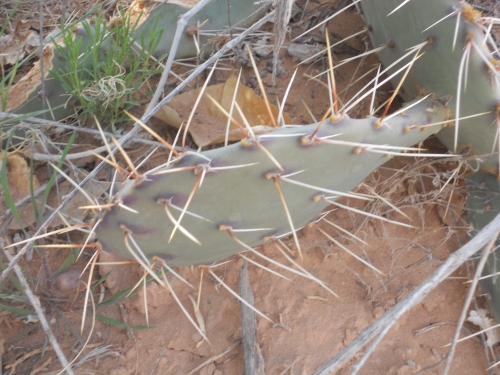When I decided to “become a writer” a few years ago, the first person I accosted was my brother Biff, who —although he didn’t publish much after his big splash in the eighties — remained a writer until 2013, when he joined our bookish parents in the Great Library Upstairs. (He left boxfuls of scribblings when he died, including an entire book manuscript.)
Biff and I were on the phone one evening, and I was rattling off the titles of the twelve books I’d chosen from the approximately 24,813 tomes on writing available through Amazon, when he interrupted me.
“Don’t waste your money,” he said. “You only need one: William Zinsser, On Writing Well.” On further thought, he suggested I get a Strunk and White, too, because a real writer must have that iconic grammar volume on her shelf.
Otherwise, just Zinsser.
This conversation came back to me this week when I heard that Mr. Zinsser had also gone to the Great Library Upstairs. I imagine he is enjoying a glass of tawny port and a jolly good laugh with my brother right about now. They are wearing writerly tweed jackets with leather elbow patches.

William Zinsser
Rest in Peace
Here in the present, though, I’m pondering William Zinsser’s timeless wisdom. He was a prolific guy, though I’ve only read a small percentage of his work. He often wrote for the American Scholar, which I enjoy when I’m in the occasional tweedy, portish mood.
One of my favorite pieces appeared in the Scholar in the spring of 2006. With his usual direct style, Zinsser entitled it “How to Write a Memoir.” His recommendations? Be yourself, speak freely, and think small.
It strikes me that this is more than good writing advice: it is wise counsel for living a genuine, happy, and satisfying life.
- Don’t try to be anything you are not — authenticity is a rare gift of great value. You are the only you.
- Don’t worry about what others think — say what you need to say, say it just once, and say it kindly.
- Avoid grandiosity — keep your britches right-sized. You’ll have more friends that way.
So here’s a toast to Mr. Zinsser. He will be missed for his wisdom, scholarly aptitude, and compelling storytelling, and also for his dry-as-tweed humor. I leave you with a few quotes:
- “There’s not much to be said about the period except that most writers don’t reach it soon enough.”
- “I think a sentence is a fine thing to put a preposition at the end of.”
- “Most writers sow adjectives almost unconsciously into the soil of their prose to make it more lush and pretty, and the sentences become longer and longer as they fill up with stately elms and frisky kittens and hard-bitten detectives and sleepy lagoons.”
- And my personal favorite: “Not every oak has to be gnarled.”
Further reading: The Writer Who Taught













